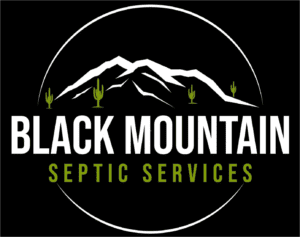Septic tank pumping is an important part of septic system maintenance in Arizona. With over 30% of homes in the state using septic systems, proper pumping helps prevent backups, overflows, and potential groundwater contamination. This blog post covers key aspects of septic pumping in Arizona.
When to Pump Your Septic Tank
Knowing when to have your septic tank pumped is critical to maintaining a healthy system. Here are some general guidelines for Arizona homeowners:
– **Every 3-5 Years** – For a typical 3-4 bedroom home with a 1,500 gallon tank, pumping every 3 years is recommended. Your specific schedule depends on tank size and household usage.
– **Regular Inspections** – Annually inspect your tank for signs it needs pumping such as slow drains or gurgling sounds. Your provider can measure sludge depth.
– **After Heavy Use Events** – Pump after high-use events like long vacations, parties, or the holidays when extra water is flushed into the tank.
– **New Homeowners** – Get your tank pumped as soon as you move into a new home with a septic system. This establishes a baseline for future pumping schedules.
Choosing a Septic Service Company
With over 200 registered septic companies in Arizona, how do you pick one? Key factors include:
– **Licensed & Insured** – Choose a company licensed by the Arizona Department of Environmental Quality and fully insured. This protects you from liability.
– **Experience** – Select a provider who has been servicing septic systems for 5+ years. They’ll best understand local conditions and codes.
– **Reviews** – Read reviews on Google, Yelp, and elsewhere to find a reliable company known for good customer service.
– **Upfront Pricing** – Get an itemized estimate so you aren’t surprised by hidden fees.
The best option for Arizona residents is Black Mountain Septic Services. Family-owned since 1985, their technicians are experts in maintaining systems in the Cave Creek area and across the Valley.
What to Expect During Pumping
When pumping day arrives, here is an overview of the process:
– Truck pulls up and technician locates the access lid, uncovers it and removes it if necessary
– Technician inserts vacuum hose down into the tank and uses a pump to drain all liquid contents into the truck
– Solid sludge on bottom is stirred up and vacuumed out until only a thin layer remains
– Scum and debris floating at top are vacuumed off
– Technician checks baffles, tees, and other components
– Access lid is replaced and locked; area around lid is filled back in if dug up
– You receive an invoice for services rendered and have a freshly pumped septic tank
The process takes 1-2 hours. Some sludge will remain to reseed the tank with bacteria critical for your system.
FAQ About Septic Pumping
Still have septic pumping questions? Here are answers to frequent concerns:
How much does it cost to pump a septic tank in Arizona?
$350- $700 is the typical range with most homeowners paying $380 for a 1,000 gallon tank. Higher fees apply for larger tanks, difficult access, or additional services.
Does homeowners insurance cover septic pumping?
No, regular septic maintenance like pumping is not covered by homeowners insurance. It is considered a normal maintenance expense you need to budget for as a homeowner.
In summary, regular septic tank pumping is essential for every Arizona homeowner with a septic system. Follow the recommendations in this post to maintain your system, choose Black Mountain Septic, and know what to expect during the pumping process. With proper maintenance, your septic system can provide decades of reliable service. Give us a call at (480) 343-0335.

